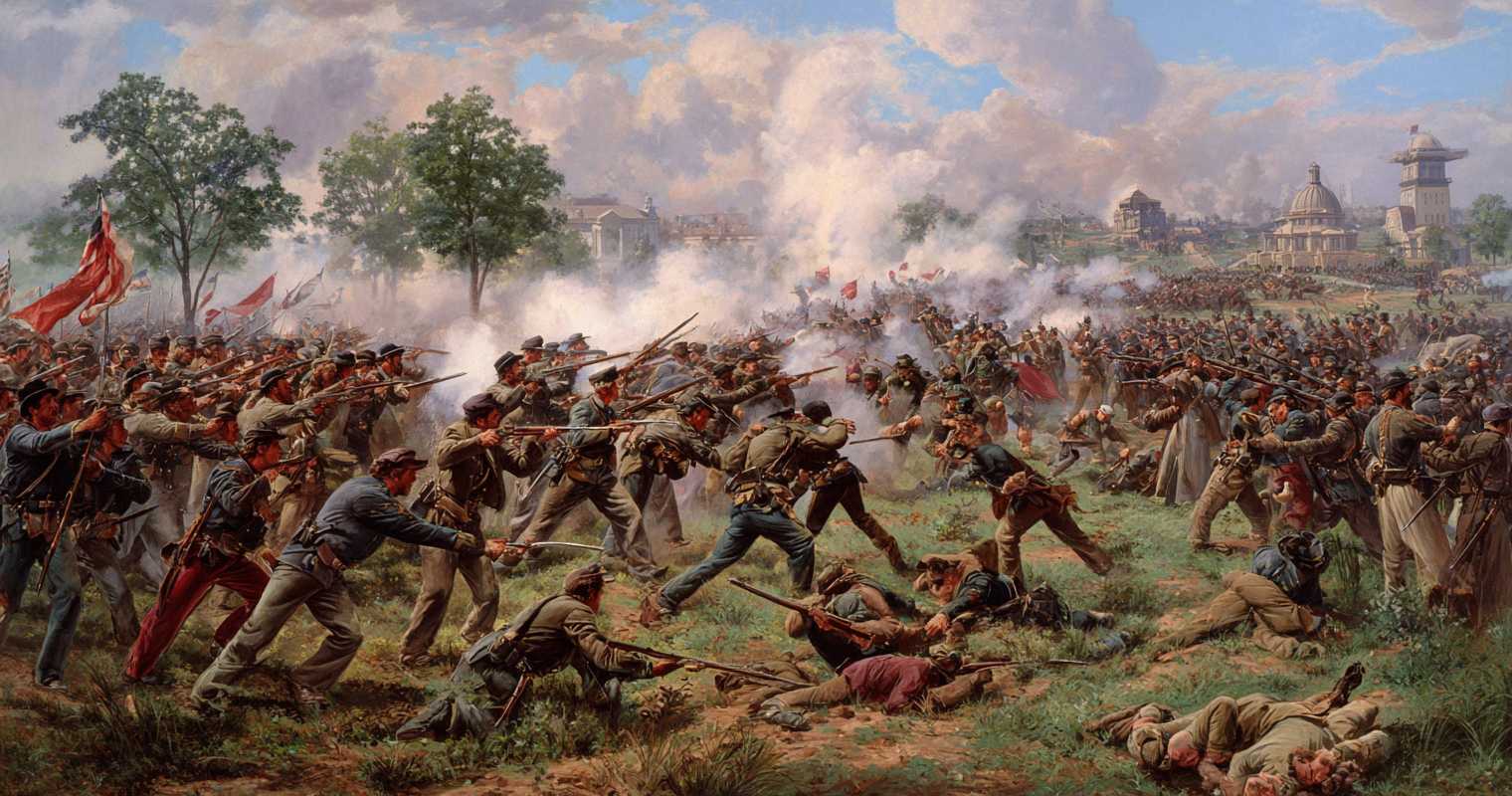
Across an era marked by change and reinvention AND MORE CHANGE, the Civil War And Reconstruction Quiz explores a period that reshaped communities, industries, and identity. Cities evolved rapidly, driven by expanding railroads, growing economies, and pioneering technologies that altered everyday life. Education flourished, with schools and universities growing as vital centers of knowledge and opportunity. Art and literature reflected the spirit of resilience, documenting the hopes and progress of a nation. Music echoed in streets and halls, blending regional styles into powerful cultural expressions. This was a time when rebuilding meant creating new possibilities for the future.
Communities transformed their surroundings with remarkable determination and alot of strength. . New industries rose, providing employment and revitalizing towns. Architecture advanced, with public buildings and homes embracing modern design elements. Local newspapers captured both innovation and ambition, sharing stories of towns finding renewed energy. Cultural events celebrated growth, inviting neighbors to gather for music, fairs, and exhibitions. These moments nurtured a sense of shared identity and optimism that defined the era’s unique character.
The Civil War And Reconstruction Quiz highlights how this period sparked cultural creativity and forward-thinking progress. Farmers introduced new techniques that strengthened agriculture. Inventors expanded access to tools and machinery that changed daily work. Writers chronicled emerging trends, ensuring history remained accessible and engaging. Through determination and collaboration, a new vision of society emerged that continues to inspire today.
Education And Cultural Growth
Schools multiplied across towns and rural areas, offering greater access to knowledge. Teachers shaped generations of students eager to contribute to progress. Libraries opened their doors, becoming vital community hubs for learning and discussion. Universities expanded programs to meet growing demands for skilled professionals. These institutions created foundations for a more informed and connected society.
Literature blossomed in this climate of renewal. Newspapers and magazines brought local voices to wider audiences. Readers embraced novels and essays that reflected the evolving landscape of industry, culture, and personal ambition. Public lectures provided forums for debate and fresh ideas. Knowledge became a cornerstone of identity and aspiration.
Art mirrored this intellectual surge. Painters and sculptors captured scenes of progress and transformation. Their work celebrated landscapes, bustling towns, and the determination of ordinary citizens. Exhibitions drew crowds eager to experience the visual storytelling of a changing era. Creativity became a unifying force in community life.
Economic Innovation And Industry
The Reconstruction period spurred unprecedented economic development. Railroads stretched across vast distances, linking cities and opening new trade routes. These connections encouraged commerce and accelerated industrial growth. Factories emerged, producing textiles, machinery, and goods that reshaped daily life.
Markets flourished alongside industry. Farmers gained new tools and methods, improving crop yields and efficiency. Town centers became bustling hubs where merchants and entrepreneurs exchanged goods and ideas. Innovation and opportunity created a sense of momentum felt across regions.
Infrastructure improved rapidly. Roads, bridges, and ports supported trade and community interaction. These advancements brought towns closer together, allowing culture and knowledge to spread faster than ever before. Progress became the era’s defining rhythm.
7 Fun Facts About Civil War And Reconstruction Quiz
- The Reconstruction era saw a surge in public libraries across many towns.
- Festivals during this time often included music, craft fairs, and agricultural exhibitions.
- Local newspapers became a primary source of both news and cultural commentary.
- Railroad expansion turned small towns into bustling trade hubs.
- Artisans frequently introduced innovative designs that merged functionality with beauty.
- Music of the era reflected both regional pride and a growing national identity.
- Community theaters began to thrive, bringing literature and history to life.
Community And Cultural Identity
Communities leaned on cultural traditions to strengthen ties during times of transformation. Festivals emerged as joyful markers of progress, filled with music, food, and performances. These events reinforced a sense of belonging and optimism.
Local craftspeople thrived. Blacksmiths, carpenters, and weavers blended practical skills with artistry. Their creations supported daily life while showcasing regional identity. Markets highlighted the importance of craftsmanship and sustained cultural pride.
Music served as both entertainment and storytelling. Folk songs carried local narratives, while orchestras introduced new sounds. Concerts became cherished gatherings where neighbors celebrated shared experiences. Culture and creativity worked hand in hand to define a renewed spirit.
7 Serious Facts About Civil War And Reconstruction Quiz
- Railroad expansion dramatically increased trade and economic growth across the nation.
- Education access widened, with schools and universities multiplying during this period.
- Industrial development introduced new manufacturing techniques and machinery.
- Literature and art became tools for documenting cultural transformation.
- Reconstruction communities invested heavily in infrastructure and public works.
- Local markets evolved into vital centers of commerce and cultural exchange.
- Festivals served as platforms for uniting communities around progress and creativity.
Civil War And Reconstruction – FAQ
Reconstruction was the period after the Civil War when the country sought to rebuild and reunite. It brought about changes such as the extension of civil rights to freed slaves, the ratification of the 14th and 15th Amendments, and the establishment of new social and political structures.
Reconstruction faced challenges such as resistance from Southern whites, the rise of segregation and Jim Crow laws, economic struggles in the South, and the assassination of President Abraham Lincoln, which complicated the process of healing and rebuilding the nation.
